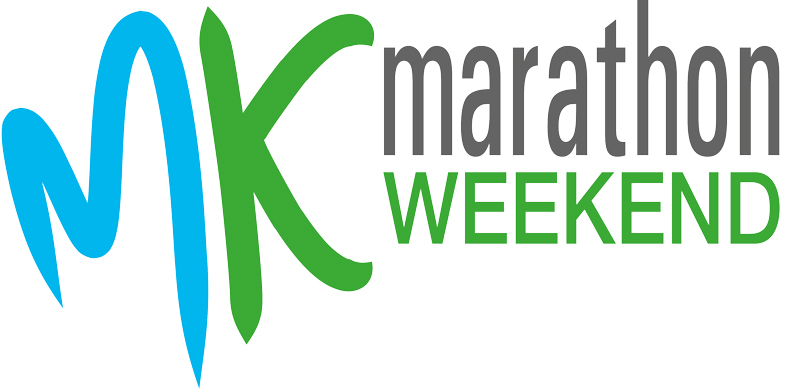With several thousand running programs available out there, it could be hard to find an appropriate running schedule that meets all your needs. From your training goals to ability level, speed, mileage, frequency, and more – stock running schedules can be tough to personalise.
Sometimes, the distance you find incredibly challenging now will feel easy in the future. The moment that happens, it means you have boosted your running stamina. It does not mean that a marathon will ever feel easy to you, but a day comes when you look back and notice that what you find challenging has now become much easier all the way. However, the stamina only increases with consistency, which means you need to schedule multiple running times a week for multiple weeks to accumulate your fitness – keeping in mind that there are no quick fixes if you really want to boost your running capacity and energy.
Most beginner runners opt for a pre-designed running program as it provides helpful guidance when getting started. Undoubtedly, it is much easier than most runners who design their own training plans. However, this article will highlight some tips and facts about how you can stick to your new year’s resolution of running. So, let’s have a look at them:
Create a Running Schedule You Can Use For Life
Once you take some time to design your own running program, it becomes easy to make some small tweaks and adjustments to suit every new goal. Start your new training season by adjusting the specific mileage to start with and the perfect place to work up to your specific race goals. No matter whether you are training for a particular goal of race or running to maintain fitness, designing your own running schedule gives you many advantages.
Be Consistent
To improve your endurance to run farther and boost your aerobic capacity, you need to train consistently. Consistent training is the only thing that strengthens your muscles and increases your aerobic capacity. So, when you begin adding extra runs to your week, they become easy – speed follows endurance. Decide to make one of the sessions your long run where you can plan to go farther than any other runs you have made in that particular week.
Run Long
Run farther by either increasing your long run by 5-10 minutes or may also add 0.8 to 1.6 km each time. It might sound low, but it’s an excellent strategy to begin to add up. When you start getting into the bigger volume of training for a half marathon to a marathon, then your long run should be around 30-50% of your entire distance of the week. However, do your run at a slow or sustainable pace; most people try to run too fast to finish earlier, which is not good. Instead, move slowly and focus more on covering your set distance.
Eat For Endurance
Being a runner, you should focus on carbs, making 55% to 65% of your calorie intake from carbs. Don’t rush at eating a mountain of pasta at every meal; however, be mindful of your carb intake to ensure it is essential for your training and running consistency. Prefer to have a carb-based meal before your long run to make sure you have enough energy to cover the required distance within a particular time. On the other hand, if you find yourself someday tired or lazy of being unable to complete your planned running, increase the number of carbs in your meal.
Running Economy
Working on your running economy or technique will even make you a more efficient runner. If you are able to run efficiently, you can run longer without being tired because you will use less energy. If you want to lose weight, then losing some extra weight will also help your running economy because you will feel lighter.
MK Marathon
Are you suffering from poor health and looking for professional counselors who can create a perfect running regime for you to follow in the coming year? If your answer is yes, then MK Marathon is the place to connect with. The team helps keep your brain and body healthy, flushing you with essential naturally-occurring chemicals by an effective running regime that promotes mental and physical well-being.


